Like many industrial towns and cities in Japan, Muroran has suffered enormously over the years, and it was hit particularly hard in the latter decades of the 20th century. The massive drop in population from 162,000 people at its peak in 1970, to just under 80,000 last year, perfectly highlights its long, irreversible decline. A pace that hasn’t really slowed either, as the figure was still around 90,000 when the photos below were taken in 2014.
However, while such numbers spell out the cold hard facts, it was walking Muroran’s streets that really exposed its plight. In the shopping and entertainment area in particular, where people would have once bought the latest goods and enjoyed an evening out, there were only glowing shop signs. Reminders of the past that are now largely just street lights, as most of the businesses they once advertised are long shuttered up.
In these respects, Muroran really isn’t any different to Japan’s many other faded towns and cities, and yet more than any other, I felt a real affinity with the place. So much so in fact that I’ve often toyed, unrealistically in many ways, of moving up there. Thoughts that returned recently as I start to think about what I want, and what I’m going to do in the future. Hence these re-edited photos from 8 years ago.
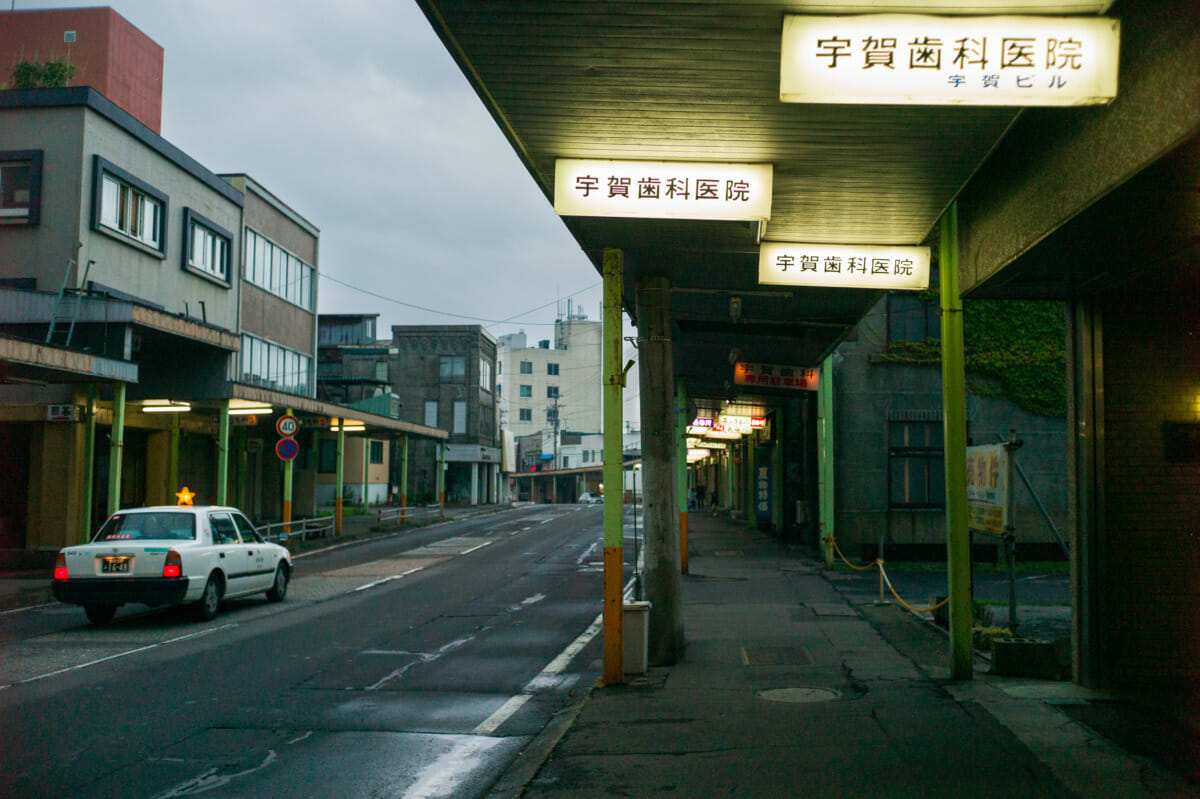
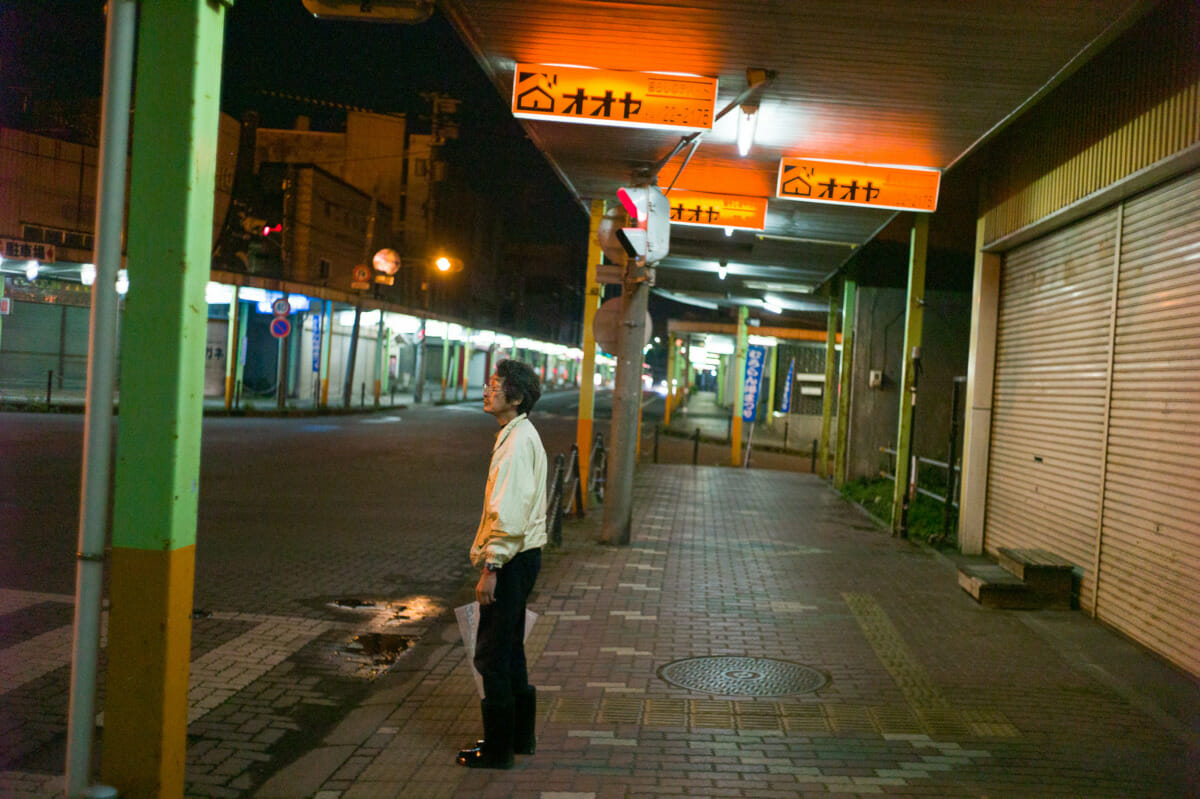
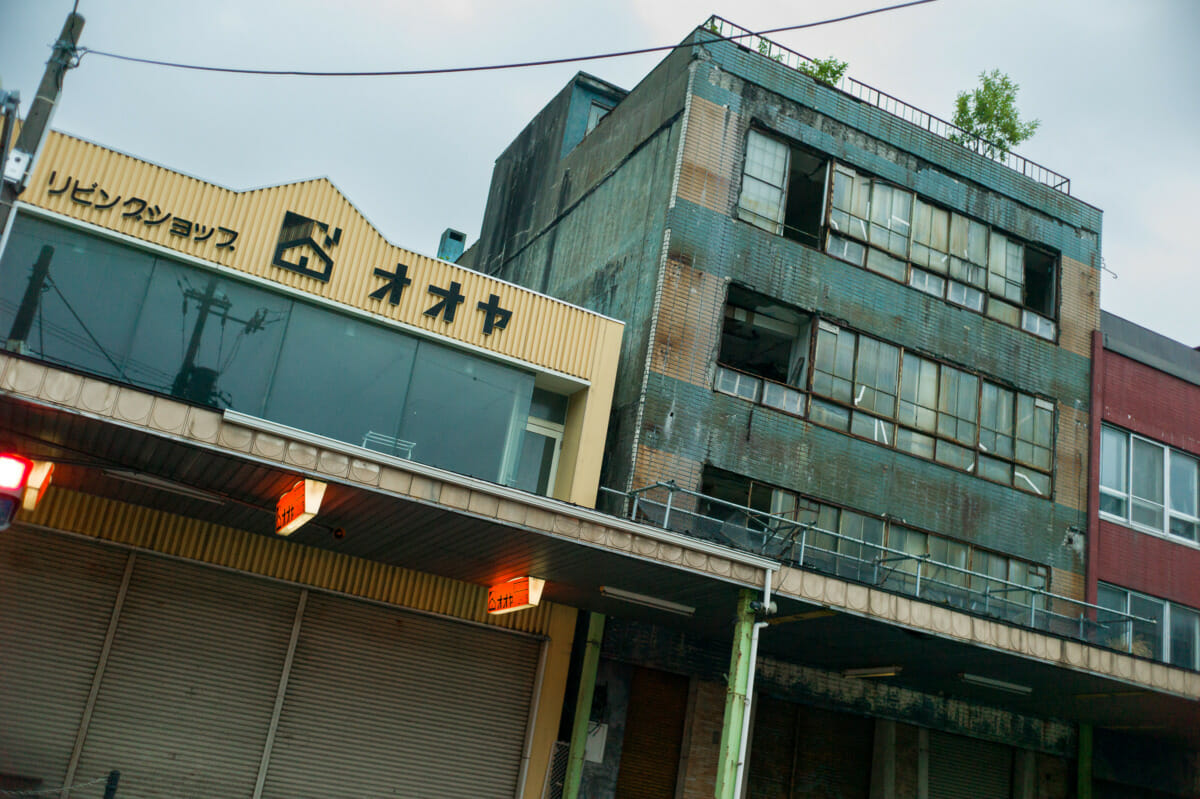
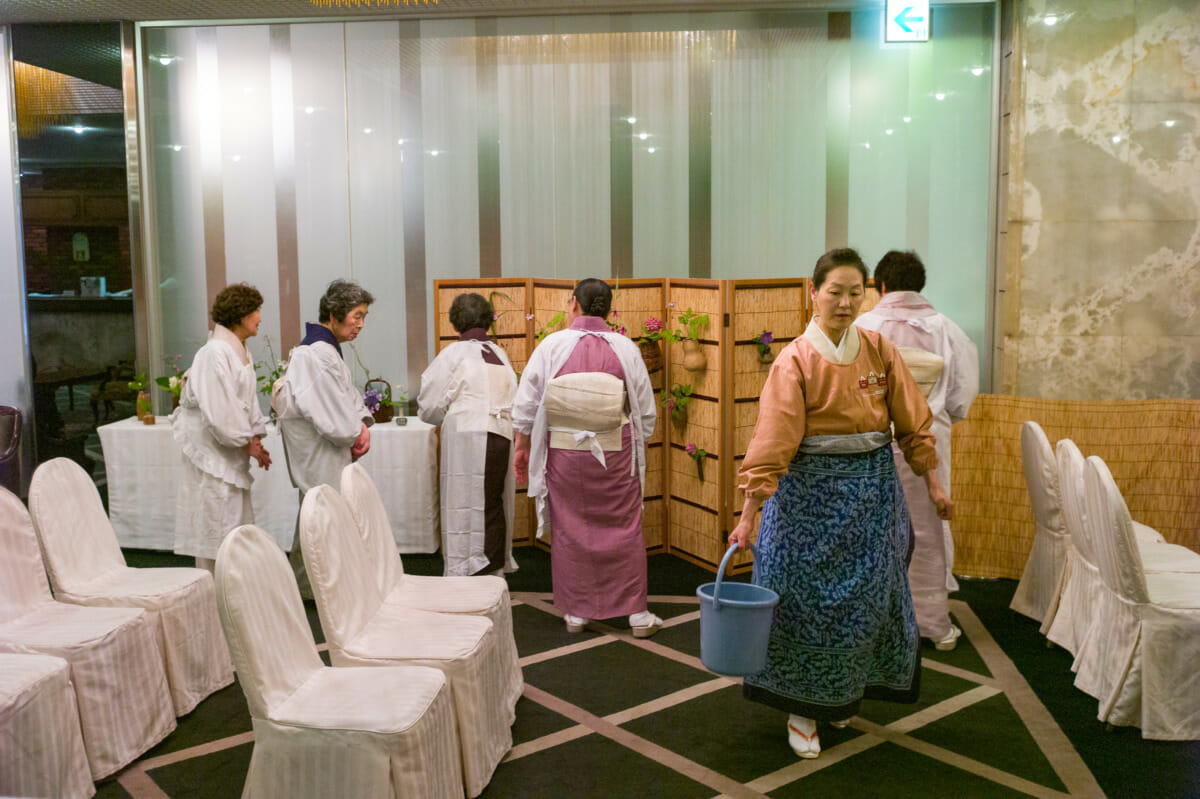
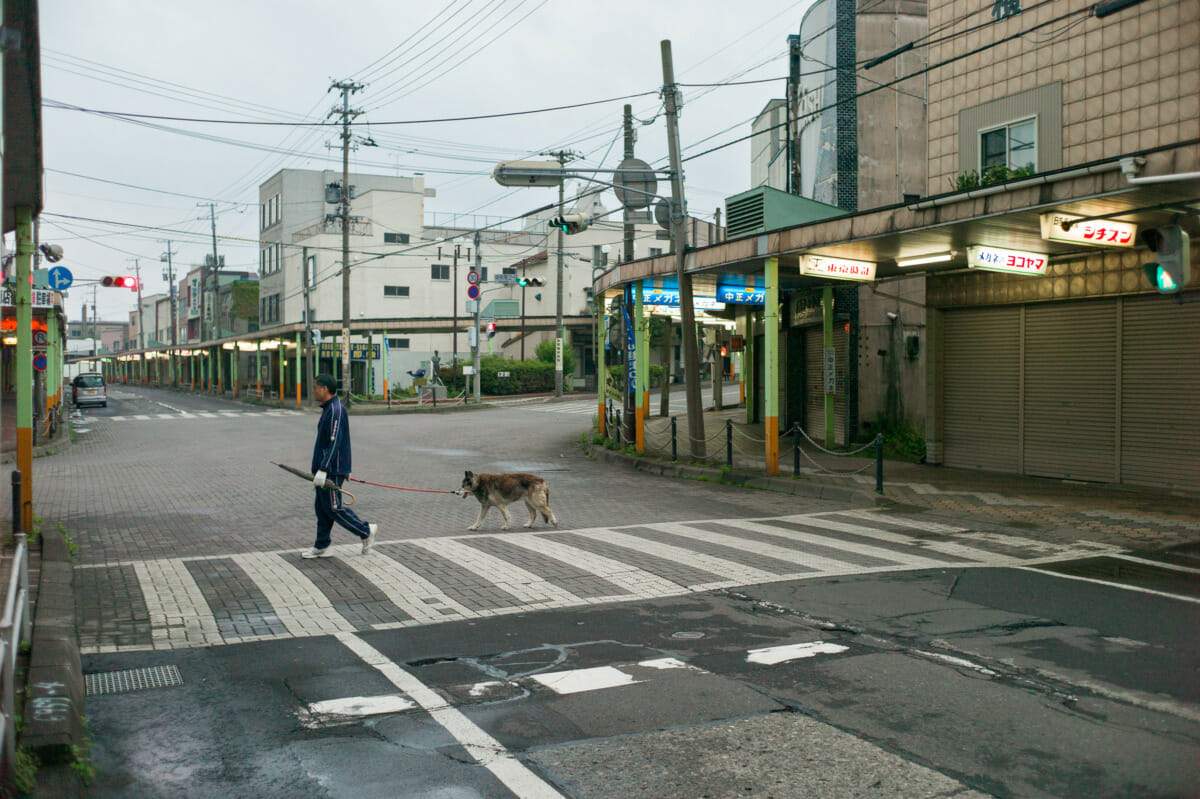
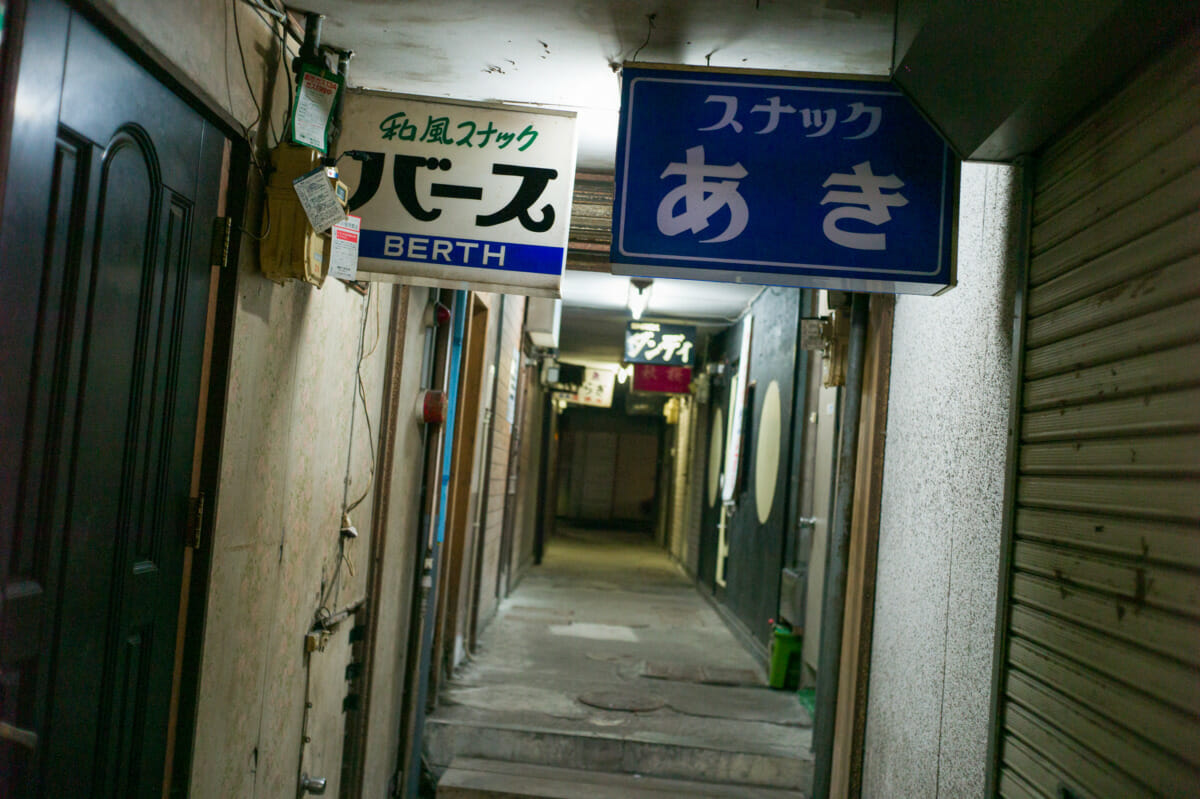
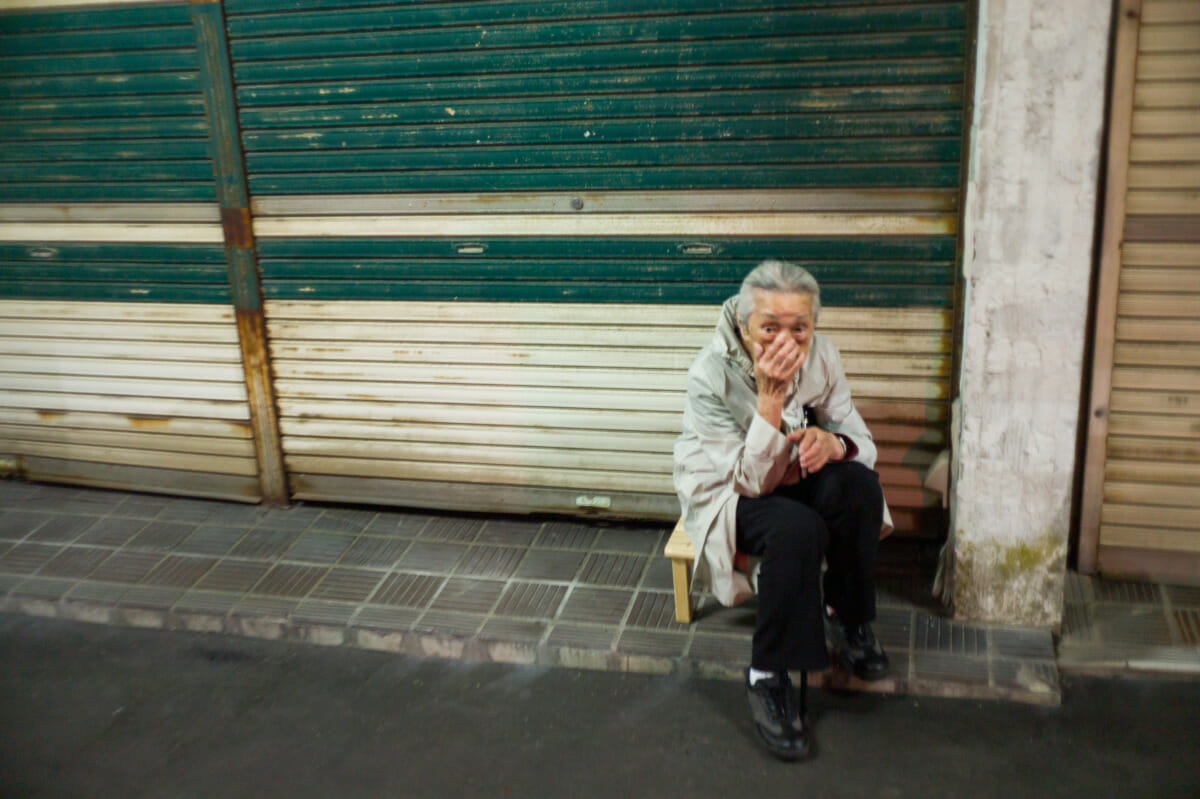
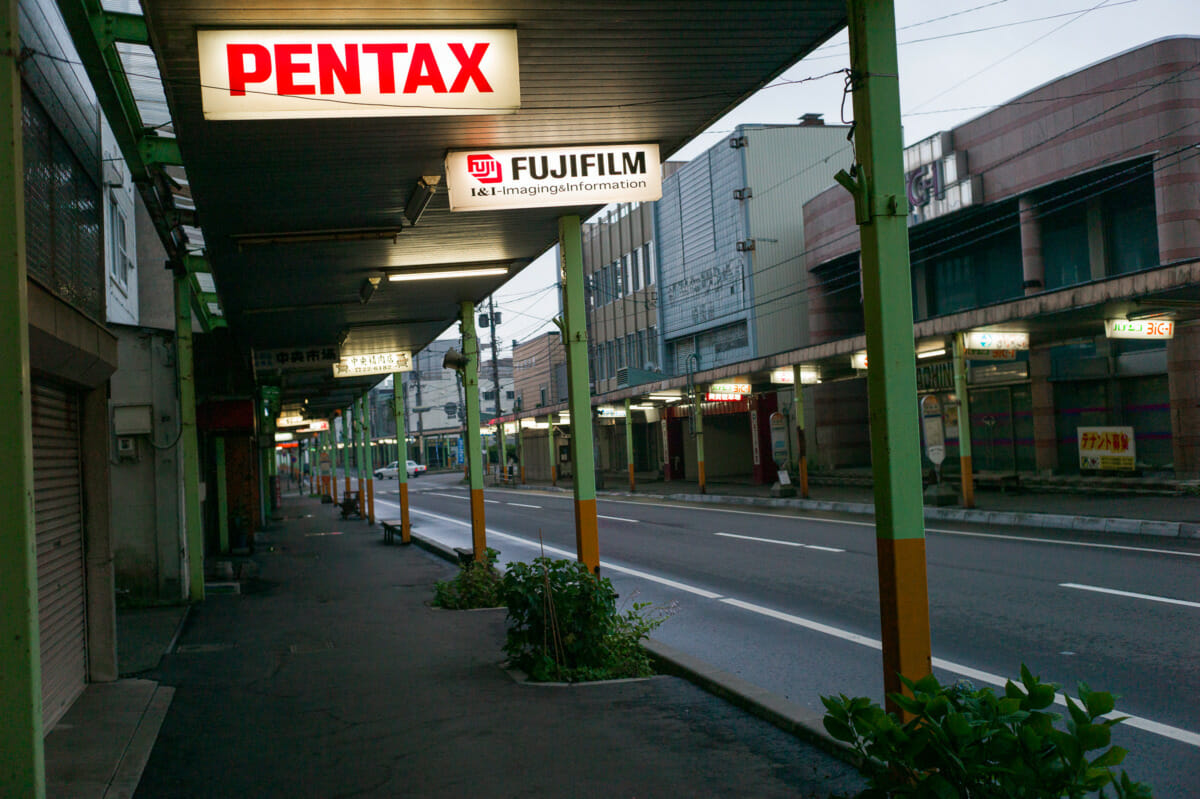
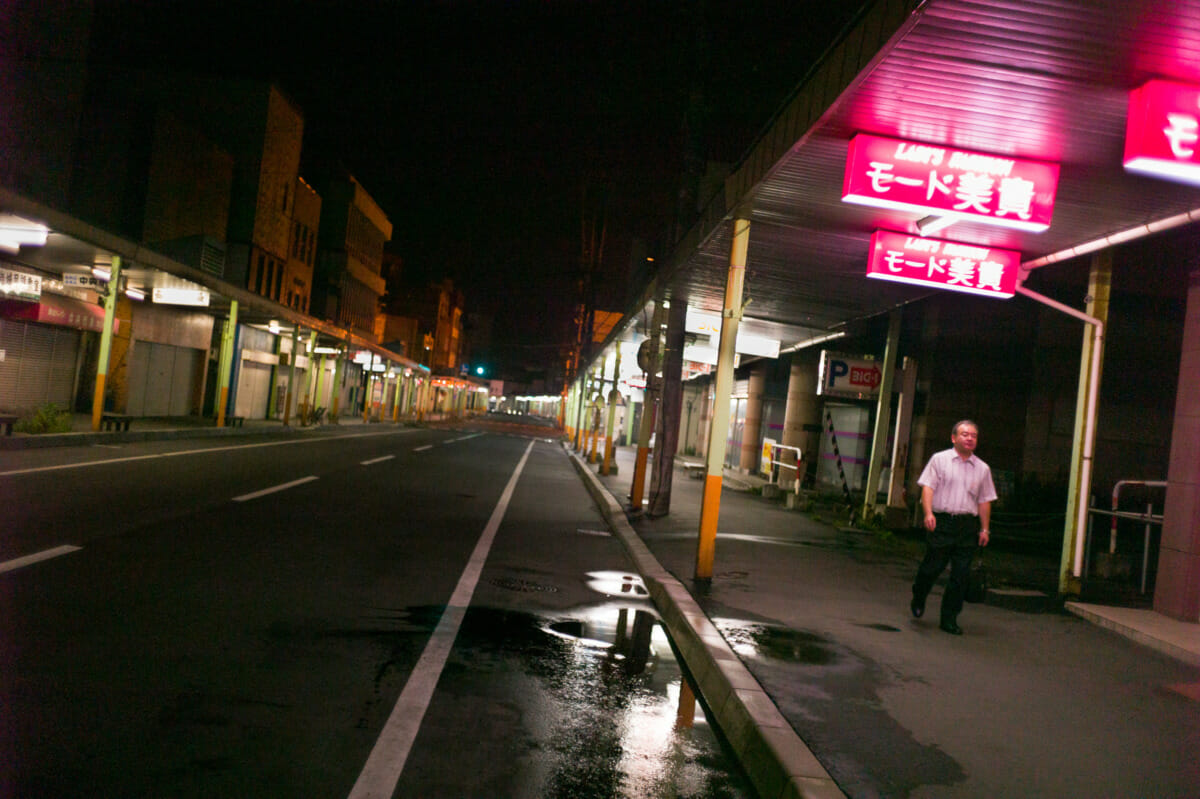
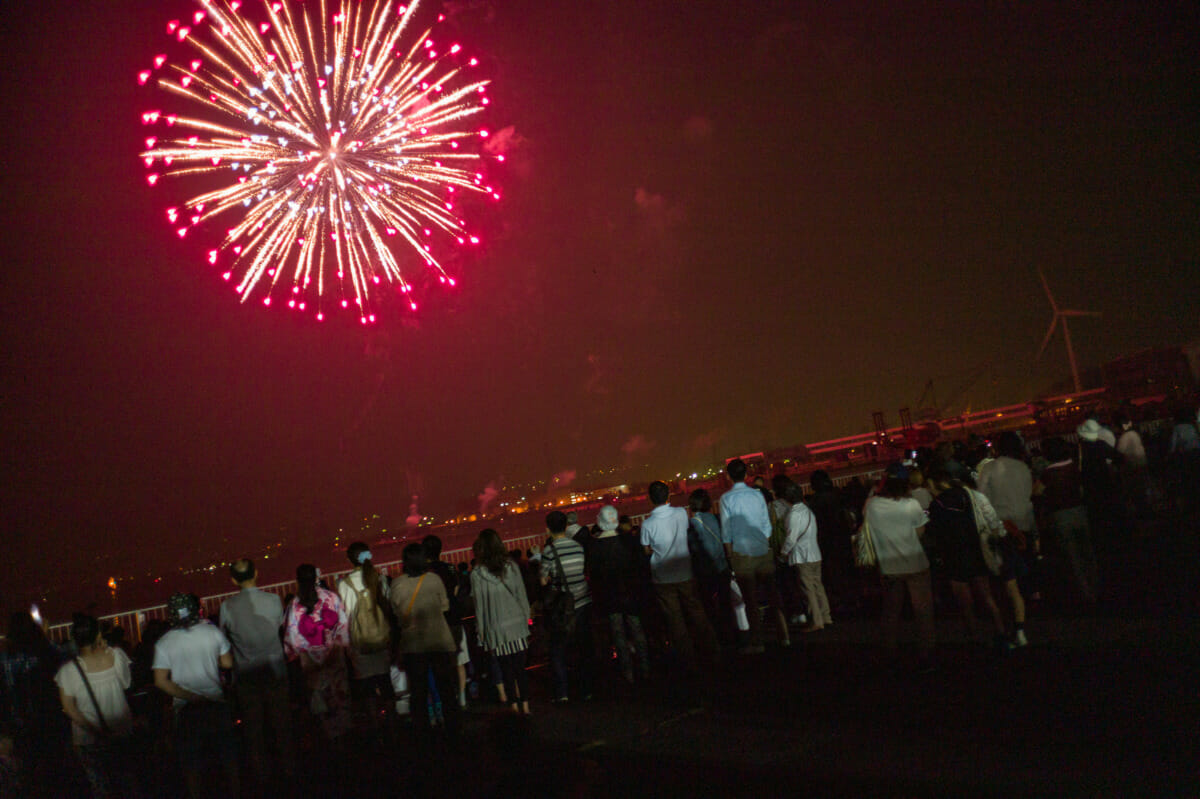
Günter says
These are very interesting. I feel a sense of the past and some melancholy.
Lee says
Thanks a lot. It’s a fascinating place, but yes, definitely somewhere that has seen better days.
Arno says
Fascinating.
Lee says
Cheers. A very interesting town. Like many places, but also very special.
Richard says
Melancholic describes it for me. Thanks.
I hope your travels have started well. VERY hot in the UK right now!
Lee says
It’s a very apt description, especially so in and around that main street.
Thanks a lot. A long journey, but back now, and thoroughly enjoying being here. Thankfully nowhere near as hot now as well.
Sean says
Awesome series. The first shot is so good. I often think about moving and all the adventures I could have but here I am still in the city I grew up in………..
Lee says
Thanks a lot. Very pleased with that first shot in particular.
I obviously didn’t grow up in Tokyo, but leaving it now wouldn’t be easy at all. It’d be a lot to give up.
Joe says
A few summers ago I went to Hakodate and has the same melancholic feeling. While still busier then here the Shikensen stop which was supposed to help flagging tourism instead allowed tourists to go farther and skip a resort associated with their grandparents. Walking through the harbor village was like a ghost town and only very old people no children
Lee says
It’s amazing how many such towns there are in Japan. An ageing population and increased urbanisation means there’s only going to be more as well.
cdilla says
I saw a program about Muroran from the perspective of another British photographer a while back on NHK. It seems desolate and sad, but at the same time has a fascinating history and endless interesting locations to view, as your photographs show. Imagine a year round chronicle of the place.
I found the longest Japanese word I’ve ever seen whilst flying over in gmaps.
“Kokudokotsushohokkaidounyukyoku Muroranunyushi”, some local office of a government transport bureau.
Interesting to see the contrast between your black and white post in 2014 and the colour versions now, and as ever I can’t decide which I prefer.
The second photograph has a real retro 70’s colour space. My favourite of the colour ones.
Lee says
It really is a fascinating place. Didn’t know anything about it, or what to expect on this first visit, but I instantly felt a connection to the place as well as a desire to spend more time there. Actually moving there though would be a big change. Be a lot colder than Tokyo too. But I bet it would be a rewarding time.
I do like to go back sometimes and switch monochrome to colour and vice versa. The colour I feel work best with these. Definitely accentuate those 70s vibes as well.
Rohan Gillett says
Great shots! But they are also very scary. I get the feeling that they show the future for much of Japan. As the country becomes more and more economically challenged, what will the people do? They need to follow the jobs. So they will abandon these places that have no future and will move to places that do. Rural areas will see more decline and places like Tokyo will probably grow. This really worries me.
Lee says
Thank you. Yeah, and it’s very hard to see any other outcome. Massive urban migration and a shrinking population are a mix it’s going to be very difficult to overcome. So many places are already way past the point of no return, and for many others it’s presumably only immigration that can save them. That though is unlikely, at least in the numbers required.